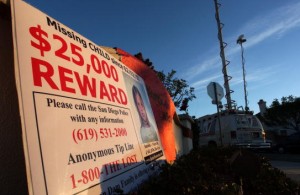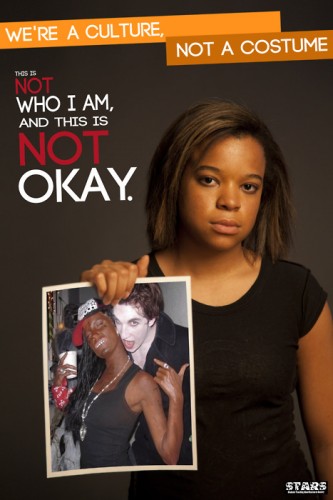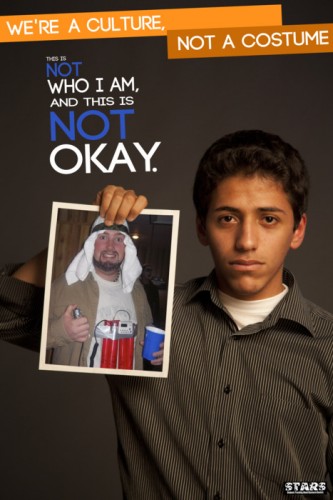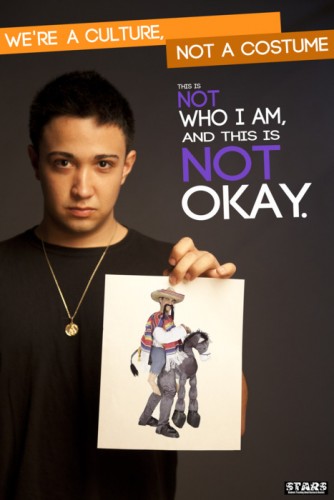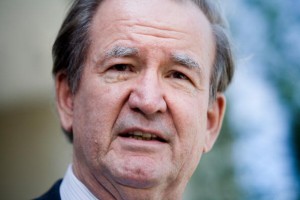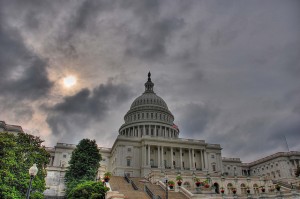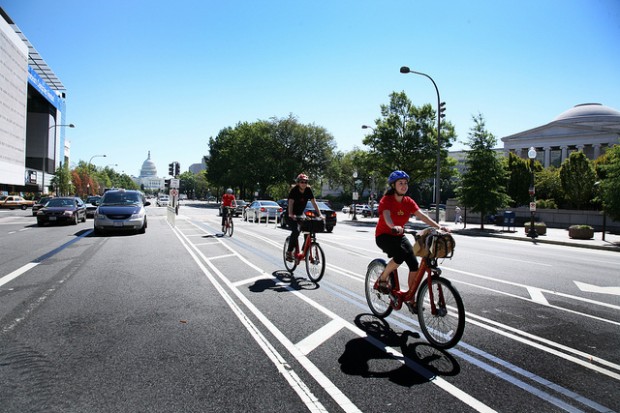
Jon S / Flickr
The Poynter Institute, a journalism-education organization, announced this week it hired Andrew Beaujon as a reporter to cover the media, taking over where Jim Romenesko left off. Beaujon (who is a former colleague of mine from TBD) said he plans to devote more coverage to ethnic media outlets than is seen in today’s current media criticism.
“It’s barely covered at all,” he told DCentric. “If you read about, say, [black newspaper] the Chicago Defender, it’s only ever about its financial troubles. And I’m certainly interested in that, but I’m also curious about how those papers and websites connect with their communities.”
Although Beaujon plans to report on ethnic media, the appointment of another white man as a prominent media critic inspired Washington City Paper‘s Shani Hilton to ask: is media criticism a white boys’ club? She lists off prominent media critics including Howard Kurtz, Erik Wemple, Richard Prince, Jack Shafer and David Carr, all of whom, except for one, is a white man. (Another exception is Eric Deggans, Wemple notes).
The lack of diversity among prominent media critics is somewhat reflected in print media outlets. In 2011, racial minorities made up 12.79 percent of newspaper newsrooms, a decline of about half a percent from the previous year, according to the American Society of News Editors newsroom census.
But while it’s easy to measure the diversity, or lack thereof, in a newsroom, gauging diversity coverage is a different matter. Hiring more minority reporters can help improve coverage of minority communities, but it doesn’t guarantee it. News judgement decisions aren’t always left up to reporters; editors and managers are also involved. And not all minority journalists want to only cover their own ethnic communities. On the flip side, a white journalist can aim to improve coverage of minority issues. Which is what Beaujon appears to want to do.



